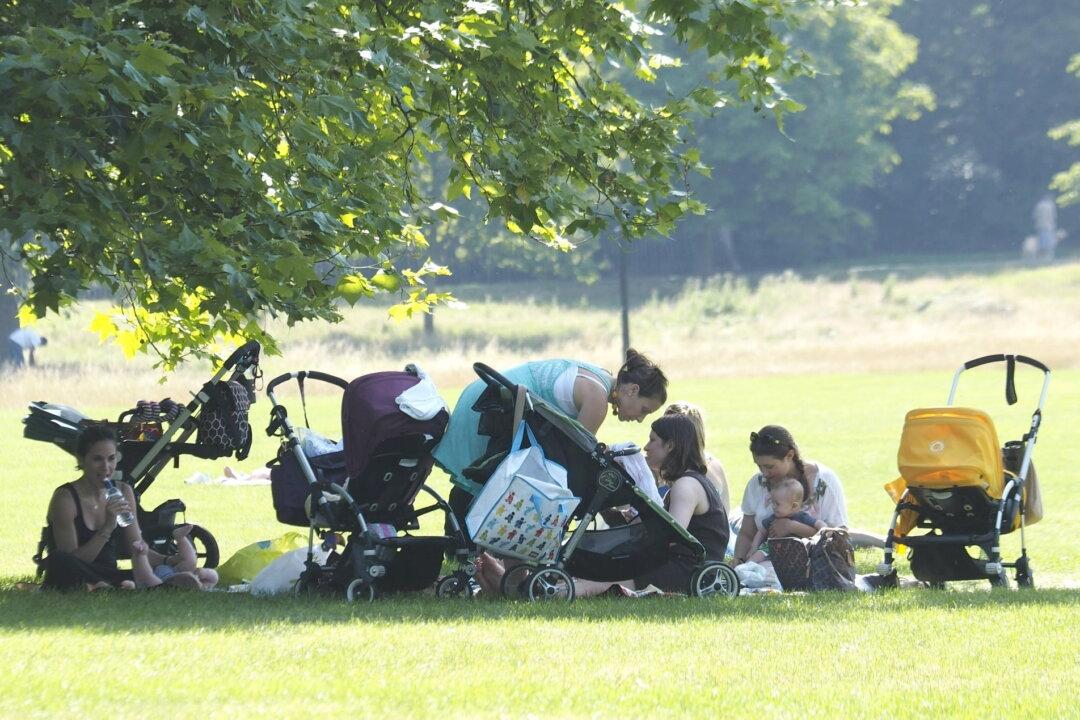For the first time in England and Wales, more women remained childless by 30 than those who became mothers, official figures show.
According to a new analysis released on Thursday by the Office for National Statistics (ONS), 50.1 percent of women who turned 30 in 2020 (born in 1990) did not have any children by their 30th birthday.





